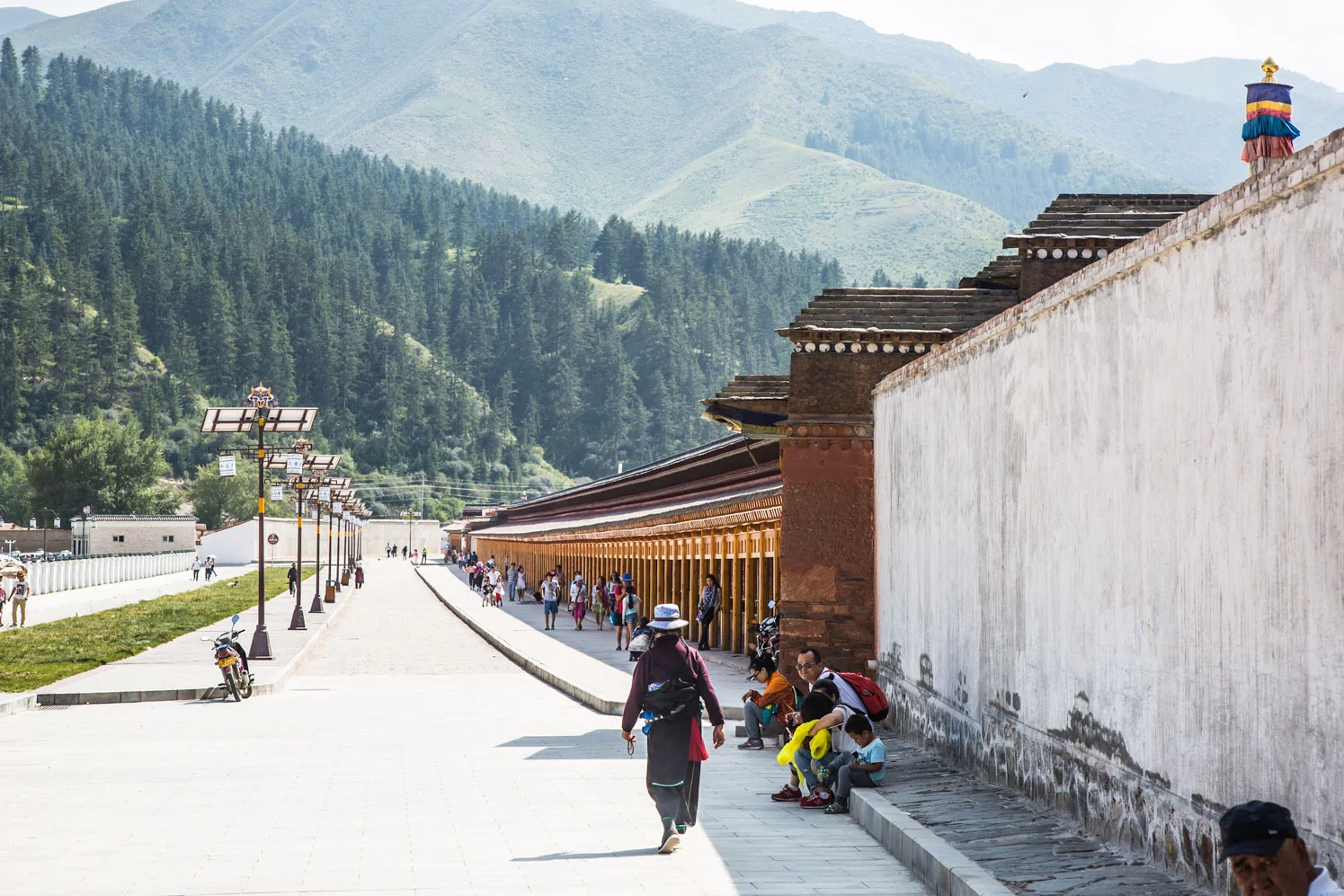
The kora is a 3km clockwise circumambulation of the entire monastery.

There are over 1,000 prayer wheels in all.




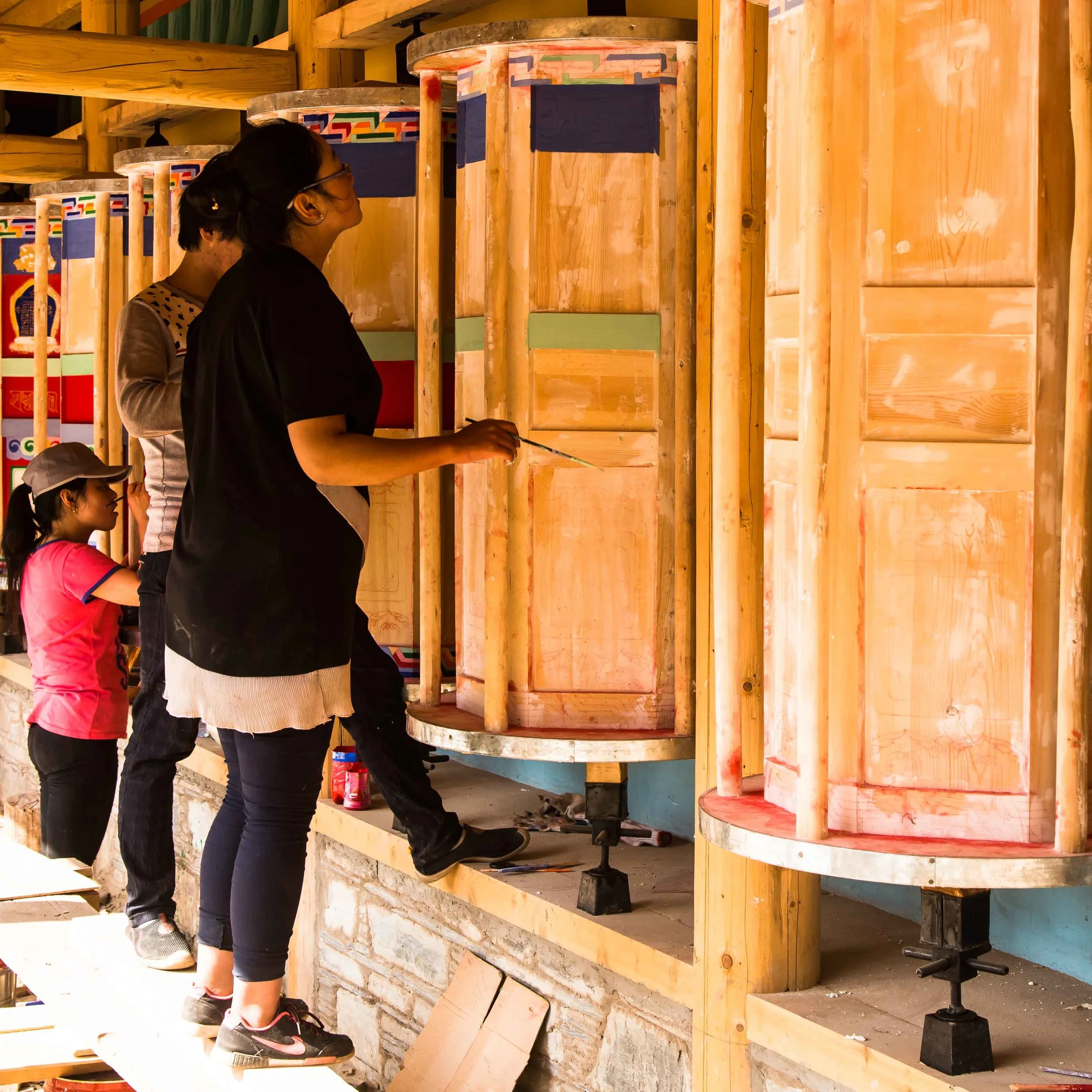
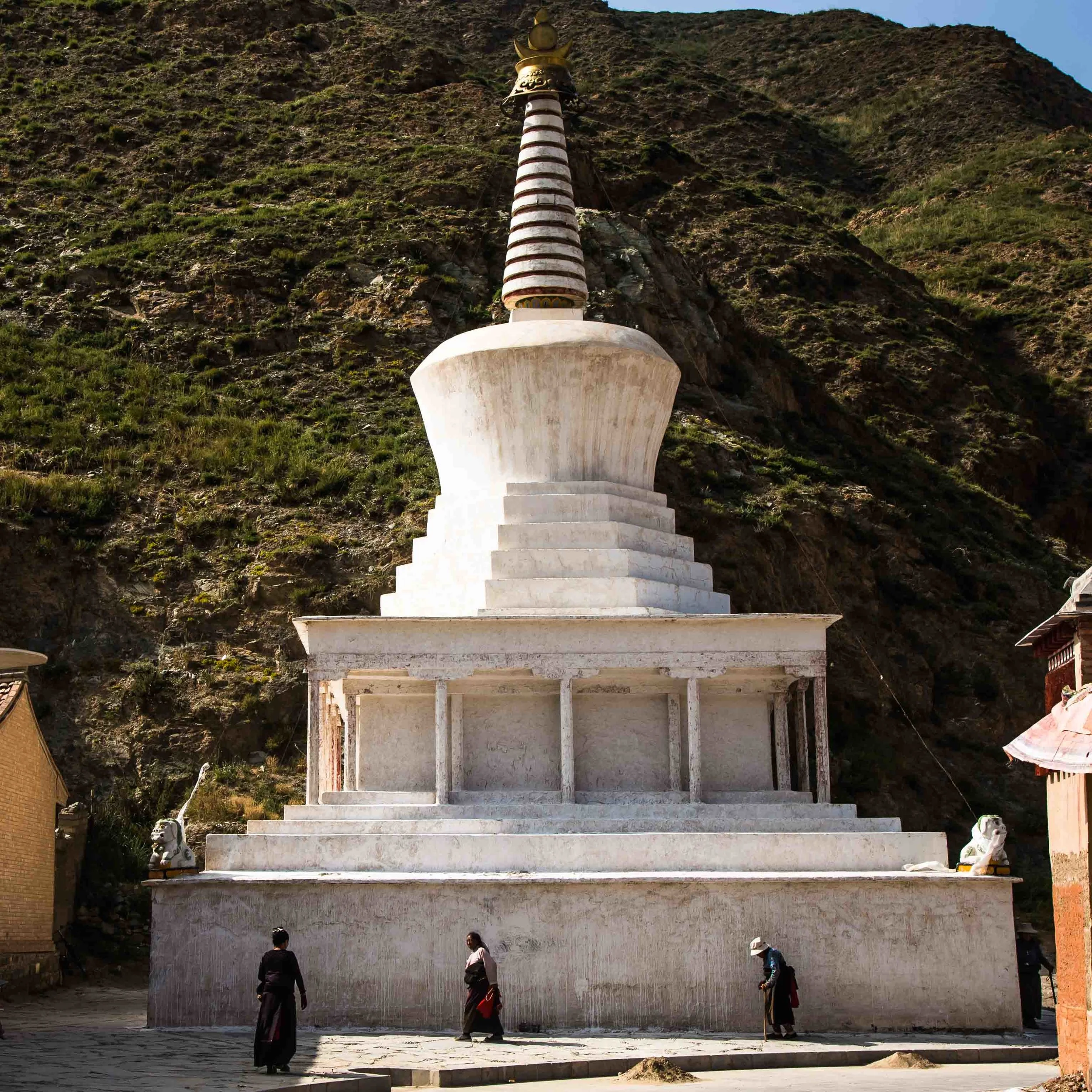
One circles each chorten in a clockwise direction.

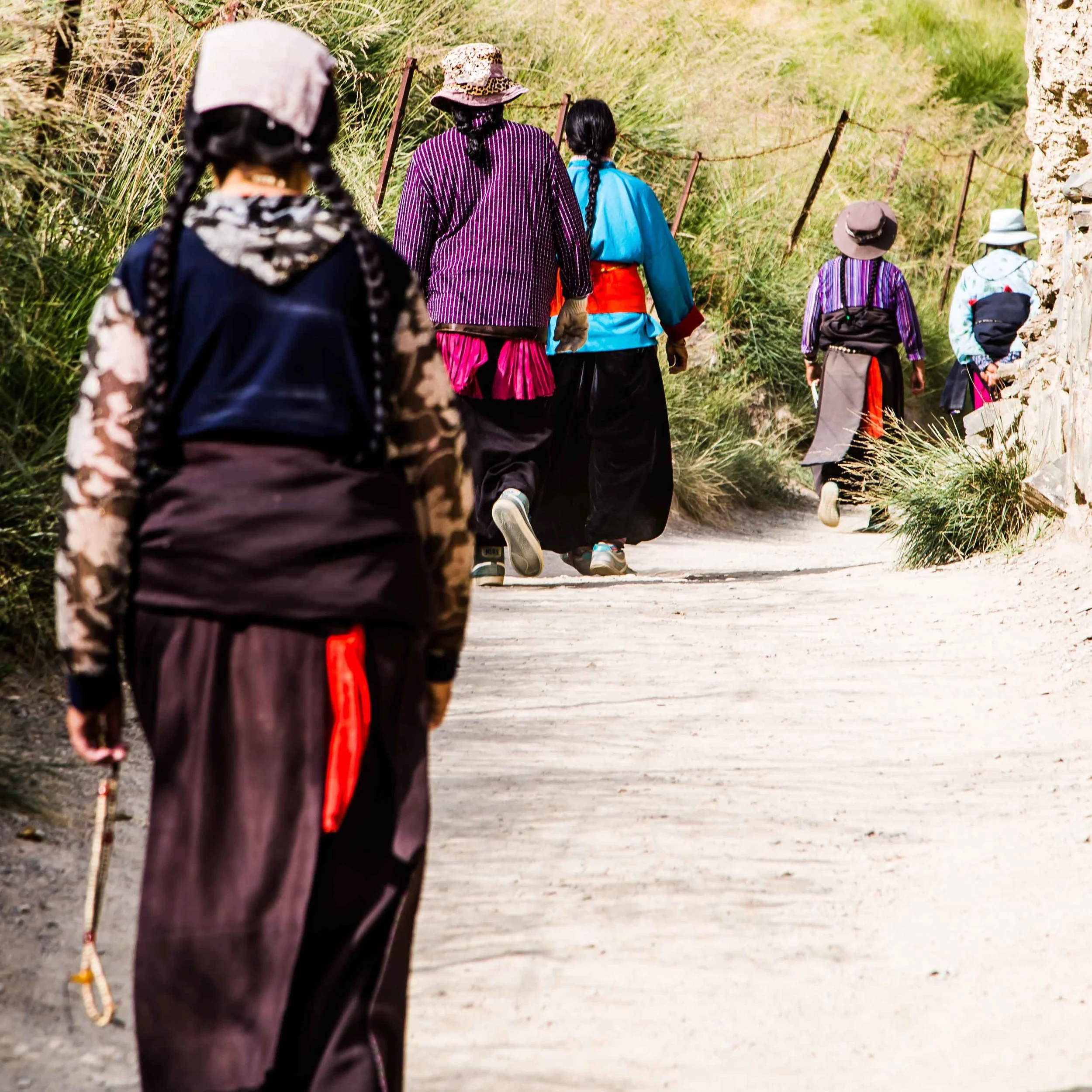
There are no prayer wheels or chortens on the back side of the monastery.


The monastery once housed 4,000 monks. It now houses between 1,600 and 1,800.



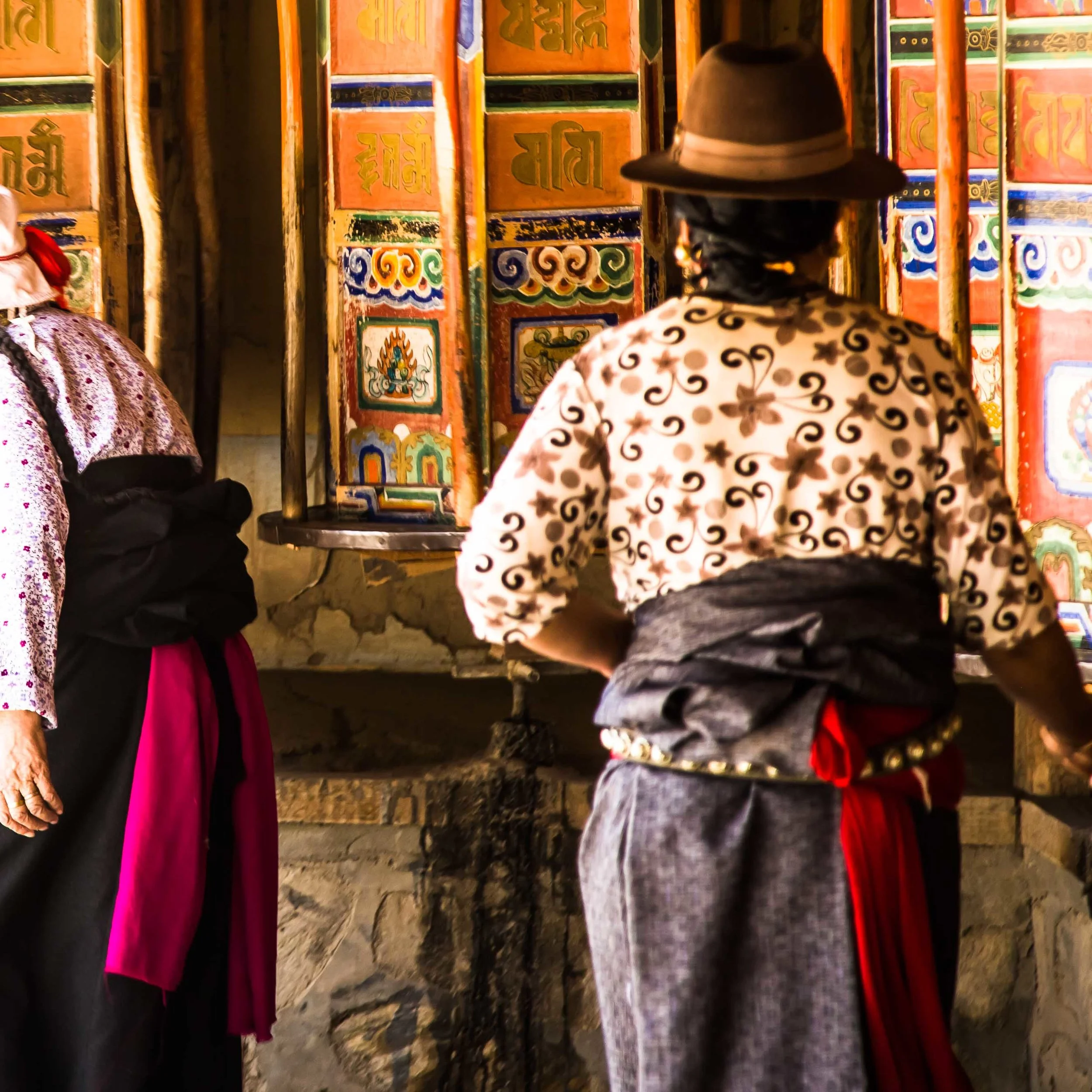
Here, pilgrims again encounter many prayer wheels and chortens.

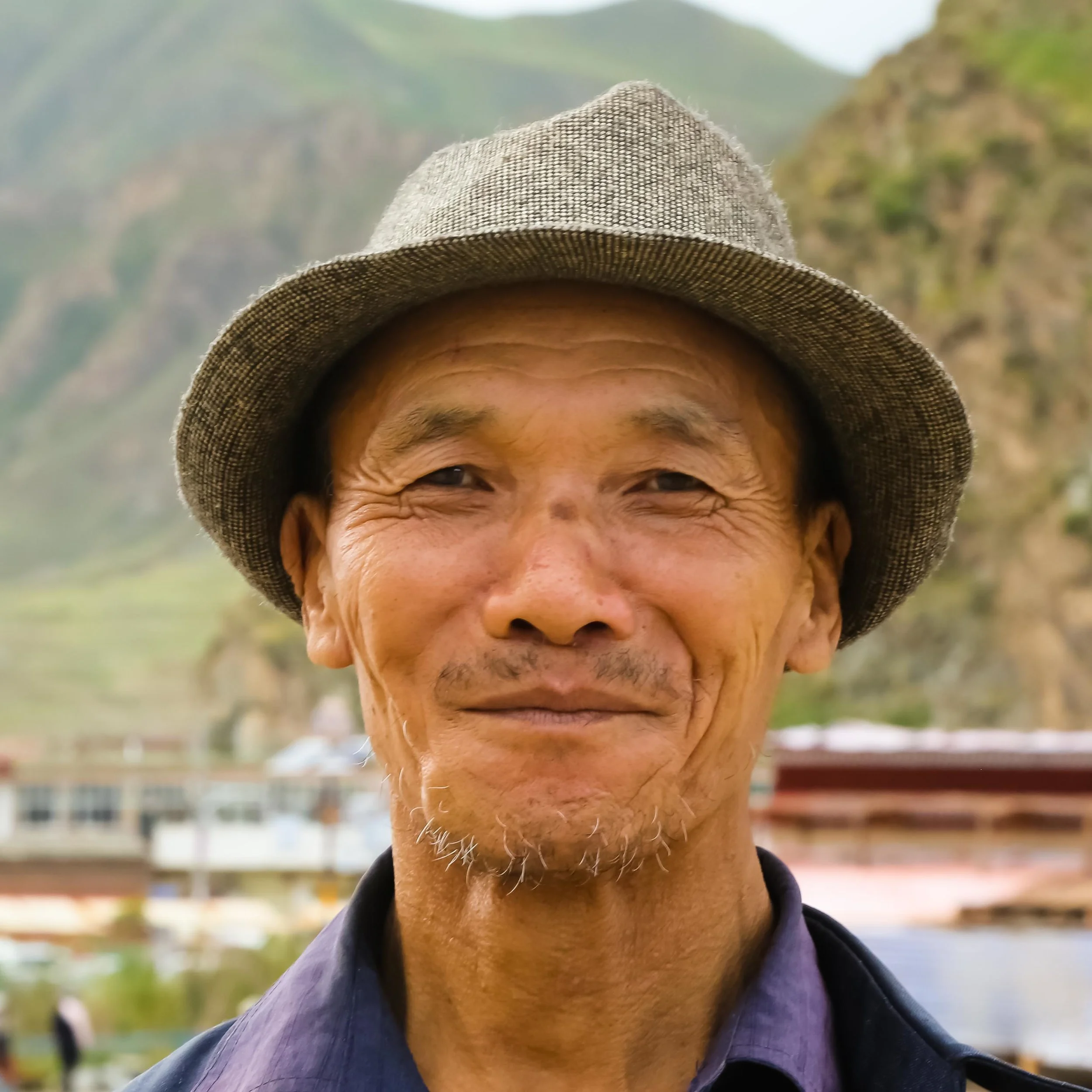






All of the monks gather at mid day for chanting and for instruction.
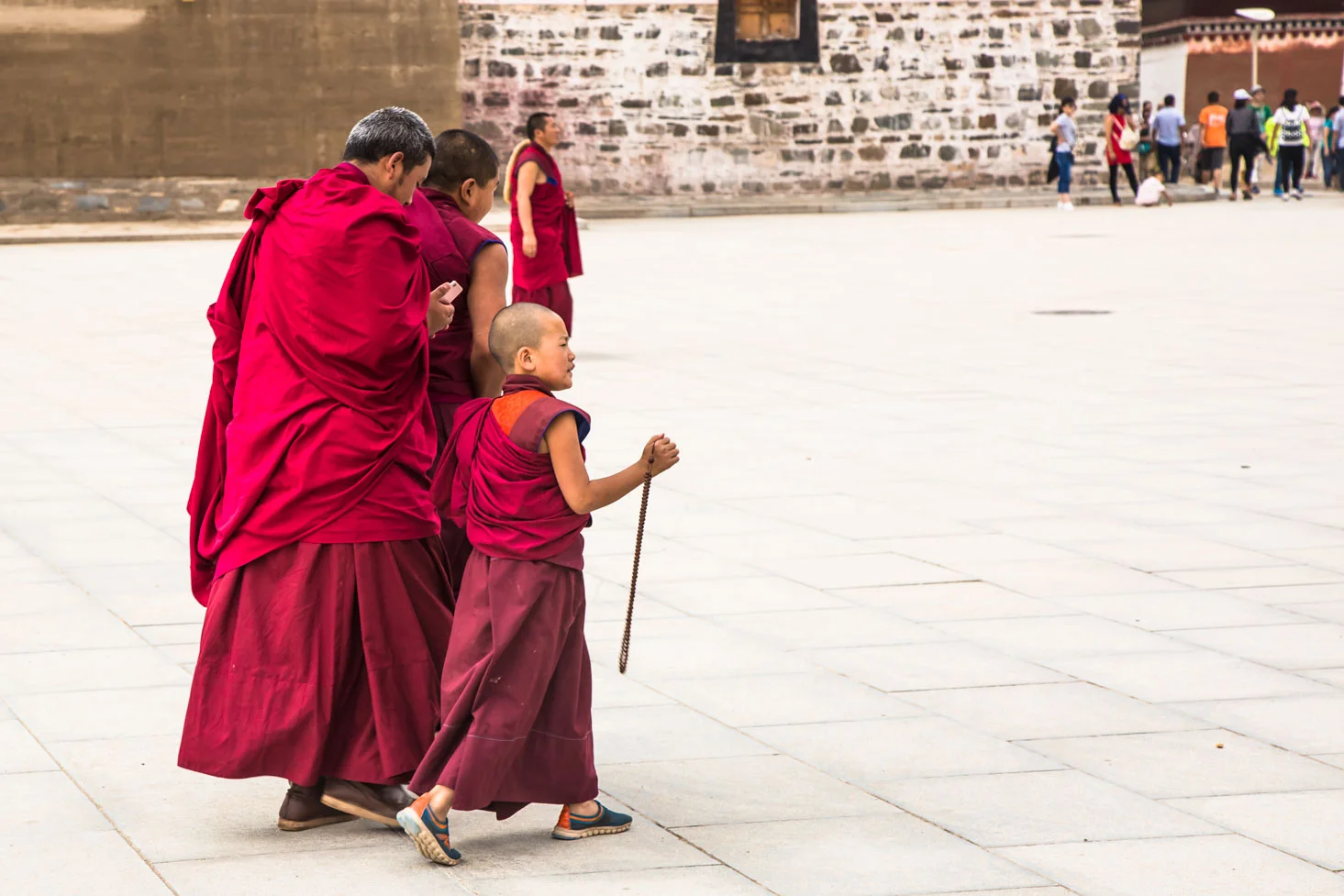

Labrang is home to six monastic colleges or institutes: esoteric buddhism, philosophy, theology, medicine, astrology, and law.


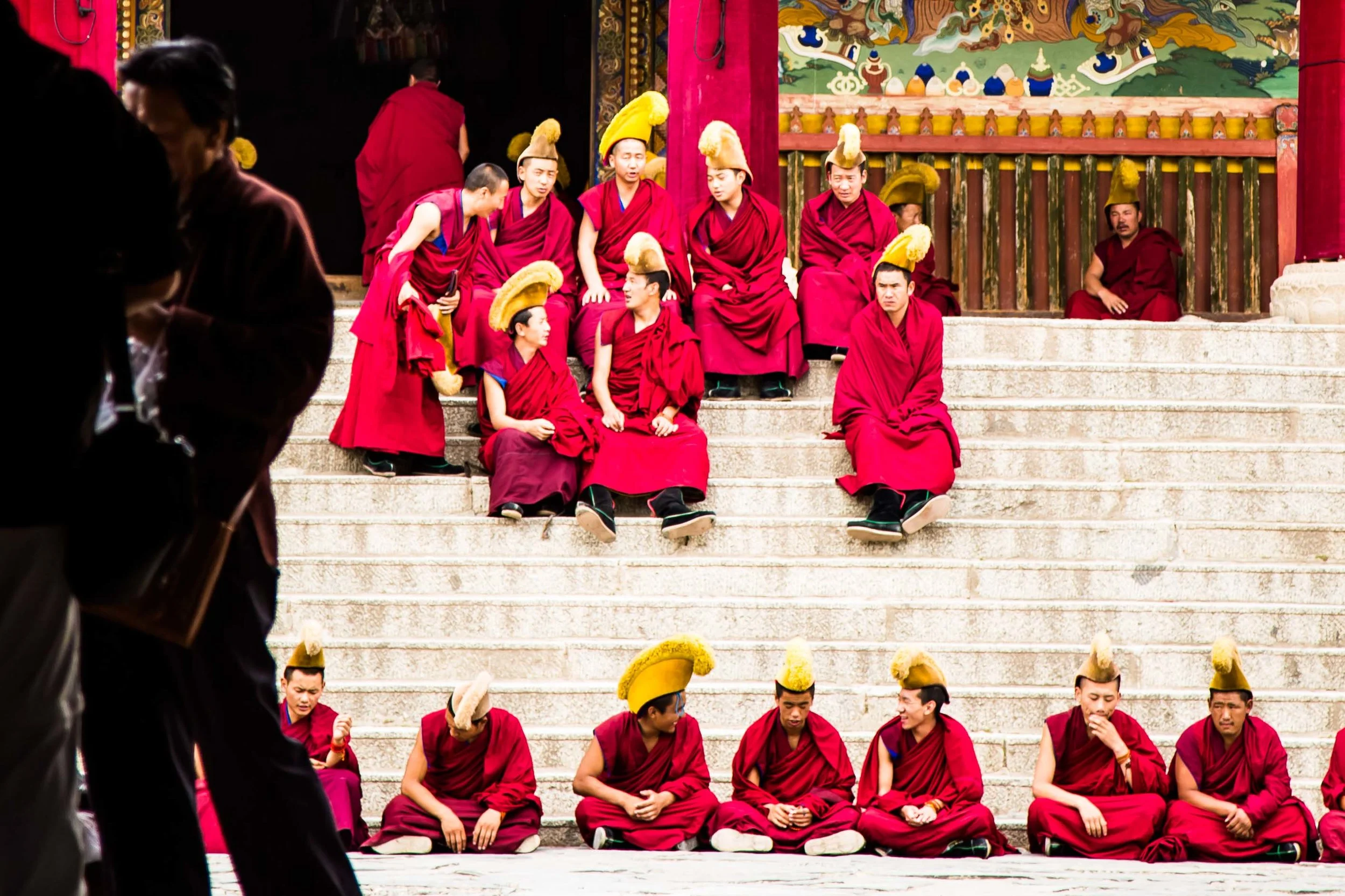

I asked the difference between the Panchen Lamma and the Dali Lamma. Cheerfully, he replied, "It's like the difference between LeBron James and Kobe Bryant." {How good is that?)






























The kora is a 3km clockwise circumambulation of the entire monastery.
There are over 1,000 prayer wheels in all.
One circles each chorten in a clockwise direction.
There are no prayer wheels or chortens on the back side of the monastery.
The monastery once housed 4,000 monks. It now houses between 1,600 and 1,800.
Here, pilgrims again encounter many prayer wheels and chortens.
All of the monks gather at mid day for chanting and for instruction.
Labrang is home to six monastic colleges or institutes: esoteric buddhism, philosophy, theology, medicine, astrology, and law.
I asked the difference between the Panchen Lamma and the Dali Lamma. Cheerfully, he replied, "It's like the difference between LeBron James and Kobe Bryant." {How good is that?)